20 Companion Plants That Help Your Watermelon Grow Sweet and Strong
Growing watermelon in your garden can be a rewarding experience, but did you know that choosing the right companion plants can make your watermelon even sweeter? Certain plants can help boost watermelon growth by deterring pests, improving soil quality, and promoting better pollination. These companion plants create a harmonious environment that benefits both the watermelon and its neighbors. Whether it’s adding shade, enriching the soil with nutrients, or attracting beneficial insects, the right companions can significantly enhance your watermelon crop. By planting carefully selected plants alongside your watermelon, you can enjoy healthier vines and tastier fruits.
This post may contain affiliate links, which helps keep this content free. Please read our disclosure for more info.
Corn
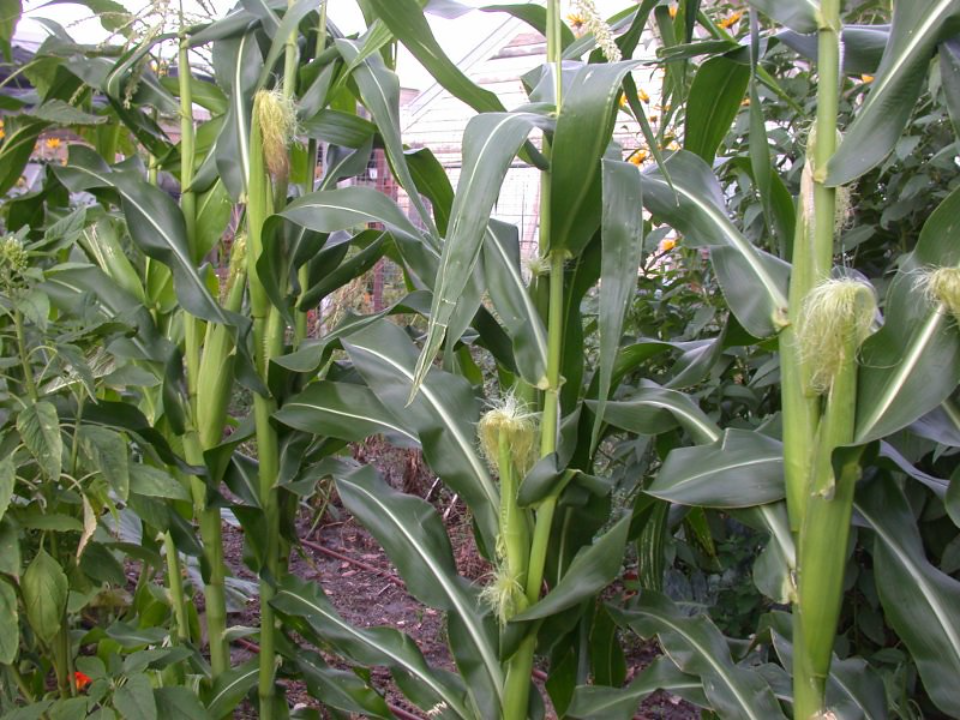
Corn is a great companion for watermelon, as it provides natural shade that helps maintain consistent soil temperature. The taller corn stalks protect the watermelon vines from the harsh sun, which can sometimes cause them to wilt. This protective cover helps watermelon vines remain healthy, reducing stress and ensuring better fruit production.
Additionally, the strong, deep roots of corn help improve soil structure. As corn grows, its roots break up compacted soil, which allows water and nutrients to reach the watermelon vines more easily. This symbiotic relationship benefits both crops by improving soil quality and supporting each other’s growth.
Radishes
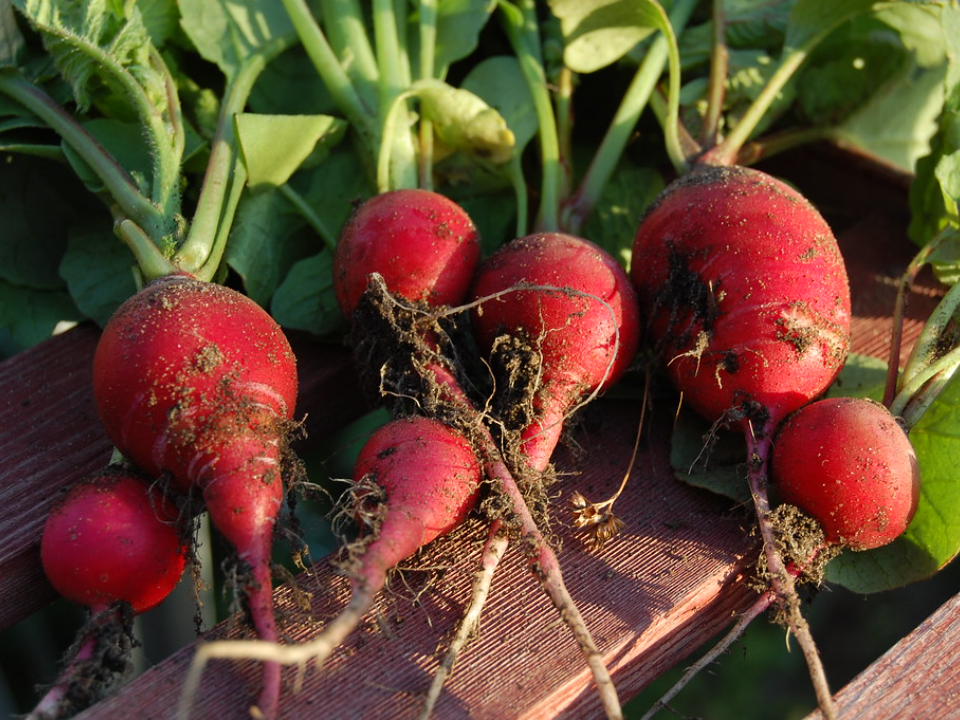
Radishes are known for their ability to act as natural pest deterrents. They produce a pungent smell that repels common watermelon pests, such as aphids and cucumber beetles. Planting radishes near watermelon will reduce the likelihood of these pests damaging your crop, allowing the watermelon to thrive without the threat of insect damage.
In addition, radishes help break up compacted soil, providing better air circulation and water drainage for the watermelon roots. This allows the watermelon vines to grow deeper, benefiting from a well-aerated and well-drained environment that promotes healthy root development and improved fruit size.
Marigolds
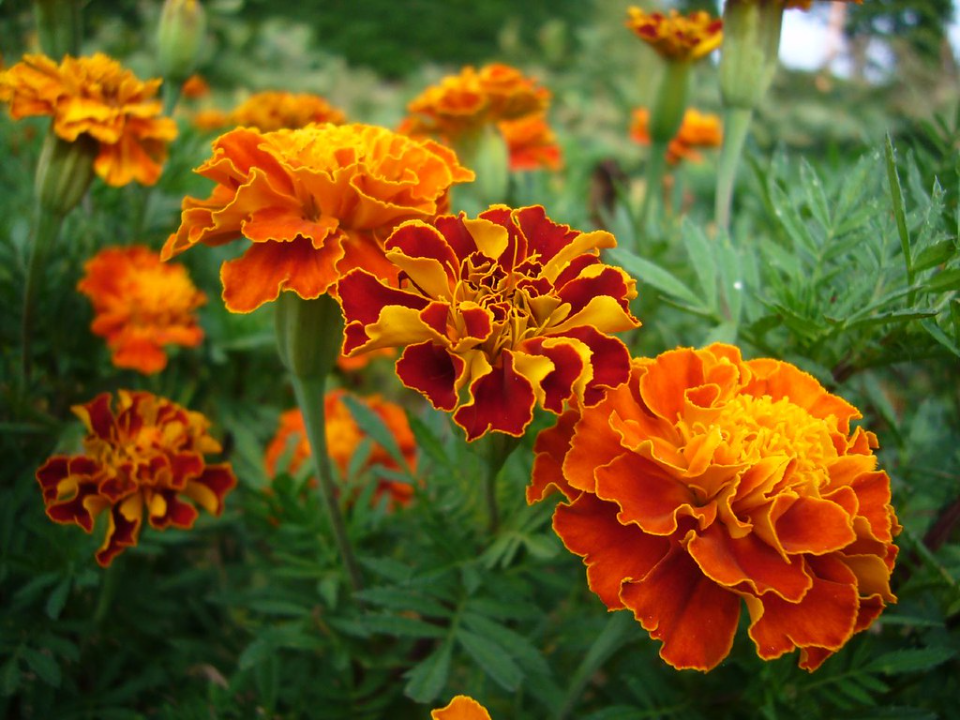
Marigolds are often used as a natural pest repellent in vegetable gardens. Their bright flowers and strong scent keep insects like aphids and nematodes at bay. These pests can negatively affect watermelon vines, so planting marigolds alongside watermelon can protect the plants and help ensure the fruit reaches its full potential.
Marigolds also contribute to soil health by attracting beneficial insects, such as ladybugs and hoverflies. These insects help control harmful pests, further reducing the need for chemical treatments. The presence of marigolds in the garden encourages a balanced ecosystem that supports healthy watermelon growth.
Beans
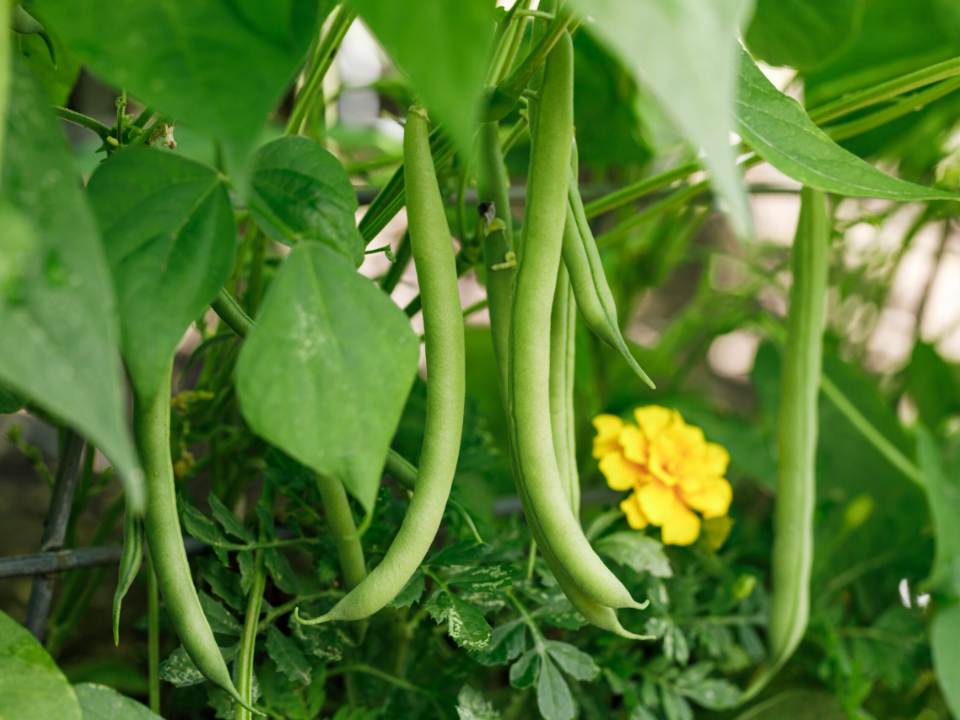
Beans, especially pole beans, work well as companions to watermelon by providing vertical growth and creating a natural trellis for the watermelon vines. The beans climb up the vines, while watermelon plants spread out at the base, creating a harmonious growth pattern. This arrangement maximizes space and allows for better light exposure.
Beans also fix nitrogen in the soil, which helps improve soil fertility. Nitrogen is a key nutrient for watermelon plants, and having beans nearby ensures a steady supply. This partnership allows watermelon vines to grow stronger and produce larger, sweeter fruits.
Cucumbers
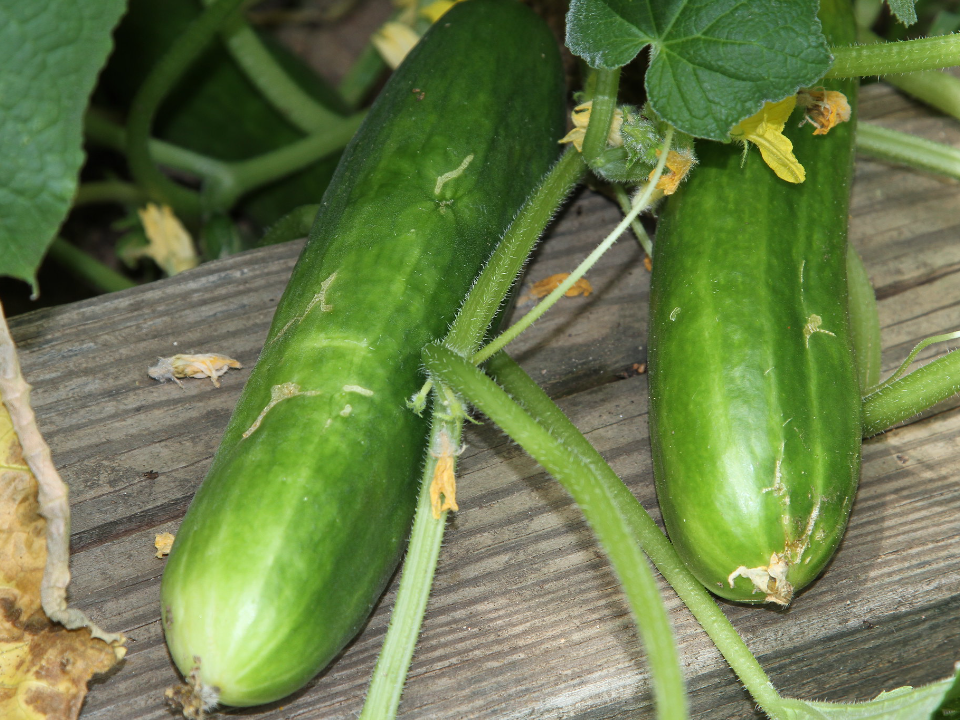
Cucumbers and watermelons are both members of the gourd family, which means they share similar growing conditions. Planting cucumbers near watermelon can help maximize garden space, as both plants tend to sprawl. By interplanting these two crops, gardeners can create a lush, thriving garden where the watermelon benefits from the cucumber’s shade.
Cucumbers also attract pollinators, such as bees, which help ensure that the watermelon flowers are properly pollinated. This increased pollination can lead to higher yields and sweeter fruits, as the presence of bees helps transfer pollen effectively between plants.
Sunflowers

Sunflowers provide a beneficial amount of shade to watermelon vines, protecting them from intense afternoon heat. This shade helps keep the soil temperature consistent, which is vital for watermelon plants that prefer warm, but not overly hot, growing conditions. The height of sunflowers also adds a visually appealing element to the garden.
The deep roots of sunflowers help break up the soil, improving its structure and allowing for better drainage. As sunflowers grow, they also attract beneficial insects like pollinators, which indirectly help watermelon plants by promoting better fruit set.
Oregano
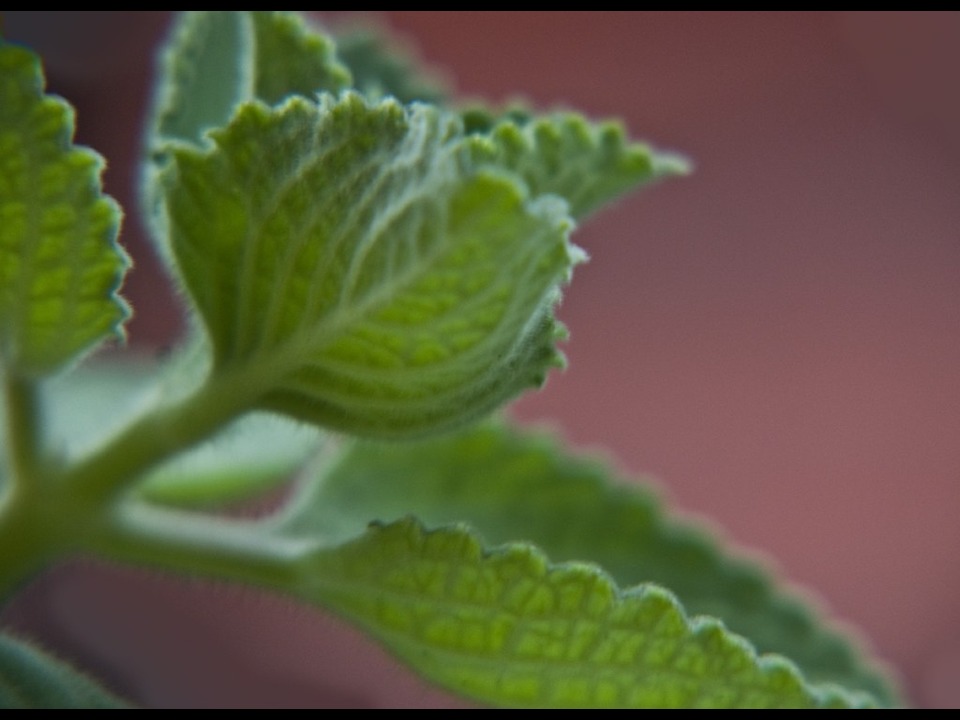
Oregano is a versatile herb that not only adds flavor to your meals but also helps watermelon by deterring pests. The strong smell of oregano repels common garden pests like aphids and spider mites, which can damage watermelon vines. Planting oregano near watermelon keeps these harmful insects at bay and helps ensure healthy plant growth.
Furthermore, oregano can act as a ground cover, reducing weed growth around watermelon vines. By shading the soil, oregano helps retain moisture and prevents weeds from competing with watermelon for nutrients. This creates a more favorable growing environment for the watermelon, resulting in larger and sweeter fruits.
Basil
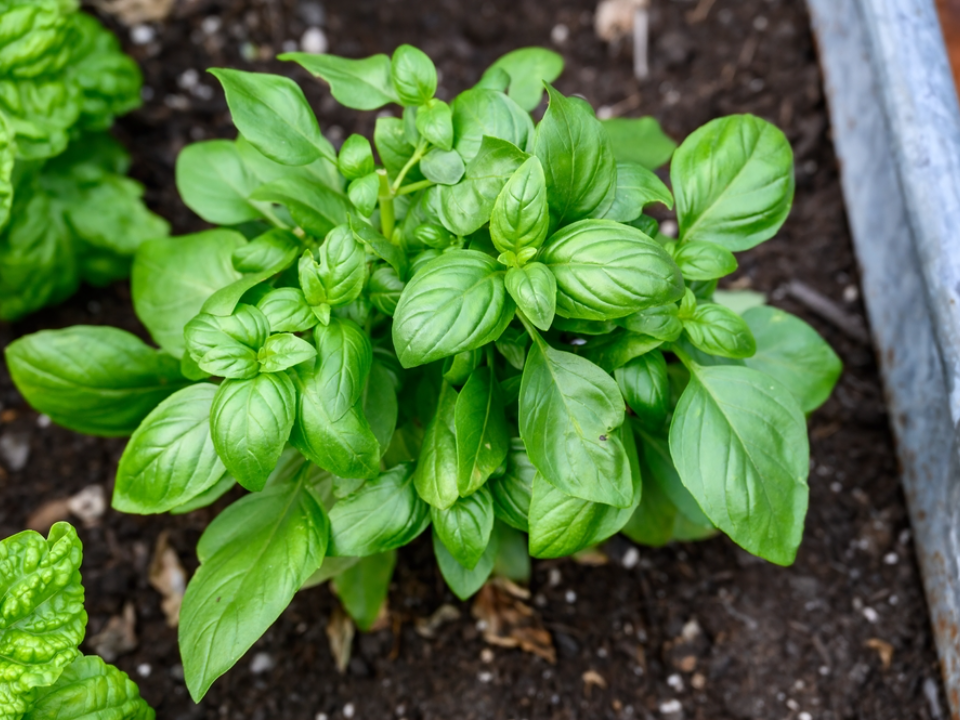
Basil is an excellent companion for watermelon, as its strong scent helps repel mosquitoes and aphids. These pests can be particularly damaging to watermelon vines, so planting basil nearby can provide natural protection. The presence of basil ensures that the watermelon plant remains free from pests, which could otherwise stress the vines and reduce fruit quality.
In addition, basil attracts beneficial insects like bees and butterflies, which play a key role in pollination. The more bees in the garden, the better the chances of successful pollination for the watermelon flowers, leading to more fruit production and better-tasting melons.
Thyme
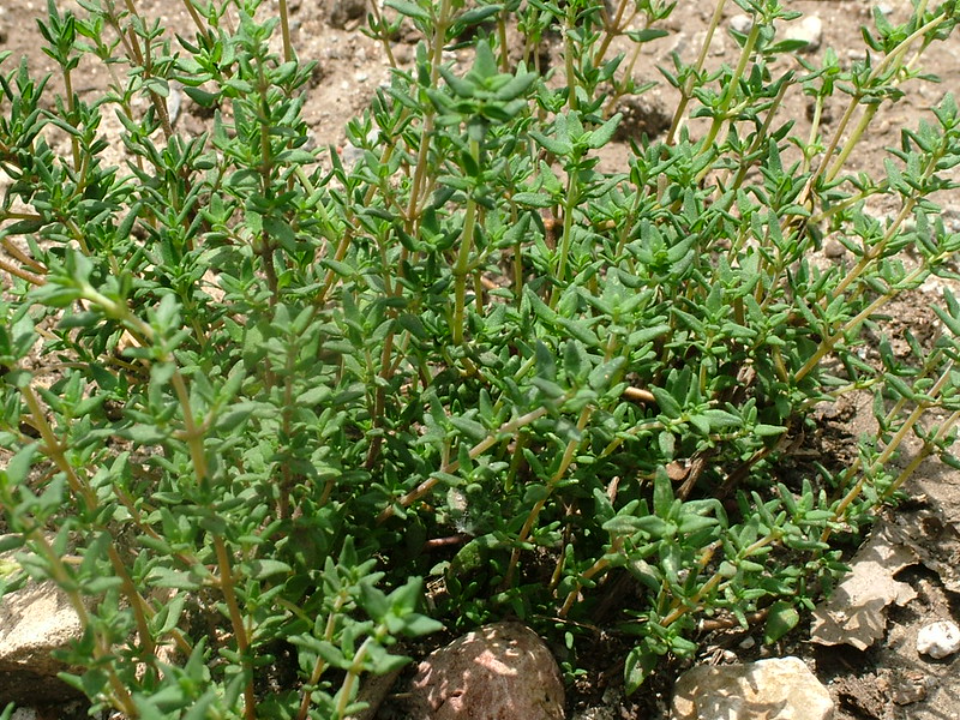
Thyme is another herb that works well with watermelon by repelling harmful insects such as cabbage worms and aphids. These pests can cause stunted growth and lower fruit quality, but thyme’s strong aroma discourages them from approaching. This natural pest control ensures that watermelon plants remain healthy and are not affected by common garden pests.
Thyme’s low-growing nature also helps in reducing weed growth around the watermelon vines. By covering the ground with its fragrant leaves, thyme helps keep the soil moist and free from competing weeds. This creates an environment where watermelon vines can spread and thrive without competition for resources.
Peas
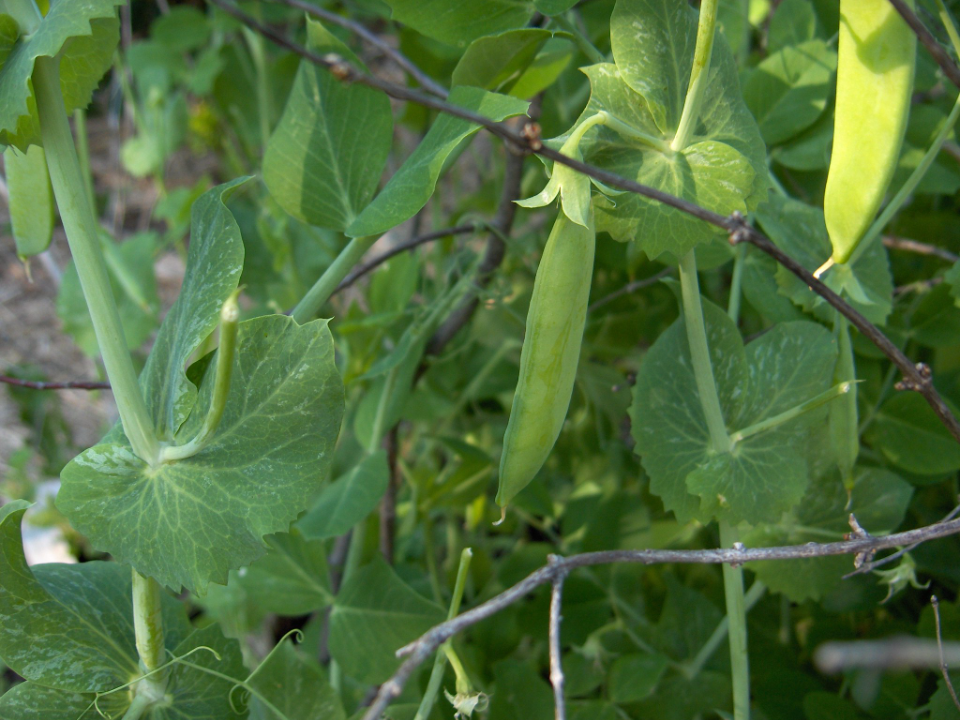
Peas are nitrogen-fixing plants, which means they help enrich the soil with nitrogen, a vital nutrient for watermelon. When planted near watermelon, peas improve the fertility of the soil, encouraging healthy growth. As watermelon vines need ample nutrients to produce large, sweet fruit, peas help ensure that the watermelon plants are well-fed and thriving.
Additionally, peas grow in a vertical fashion, which helps maximize space in the garden. The upward growth of peas allows watermelon vines to spread out at the base, taking advantage of the space below. This arrangement promotes efficient use of garden space and helps both plants grow optimally.
Dill
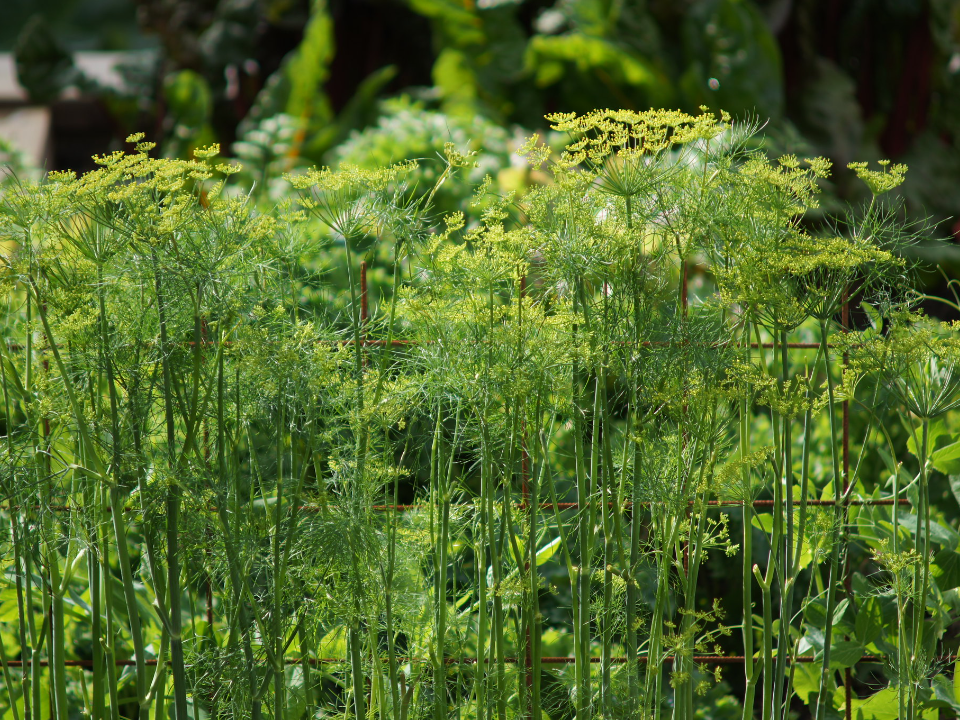
Dill is a great herb to plant near watermelon as it attracts beneficial insects like ladybugs and parasitic wasps. These insects help control aphid populations, which can be harmful to watermelon vines. By drawing these natural predators to the garden, dill indirectly protects the watermelon plants from pest infestations.
Dill’s feathery leaves also provide some shade, which helps cool the soil around the watermelon vines. This shade reduces the risk of the soil drying out during hot weather, ensuring that watermelon roots have enough moisture to grow. The combination of pest control and moisture retention makes dill a perfect companion for watermelon.
Garlic
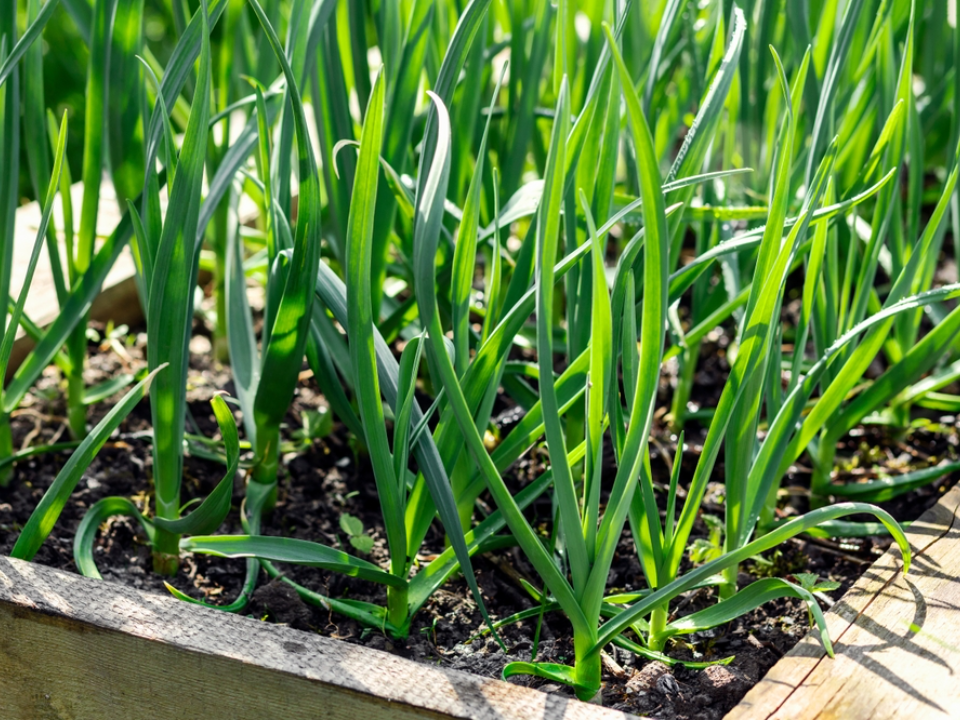
Garlic works wonders as a companion plant for watermelon by acting as a natural insect repellent. Its strong smell deters pests like aphids, spider mites, and whiteflies, which can harm watermelon vines. By planting garlic near watermelon, you protect the plants from these common pests, which can stress the vines and affect fruit production.
Additionally, garlic helps improve soil health by adding beneficial compounds to the soil as it decomposes. These compounds help enrich the soil, providing watermelon plants with more nutrients. A healthier root system leads to more vigorous growth and better fruit quality.
Lettuce
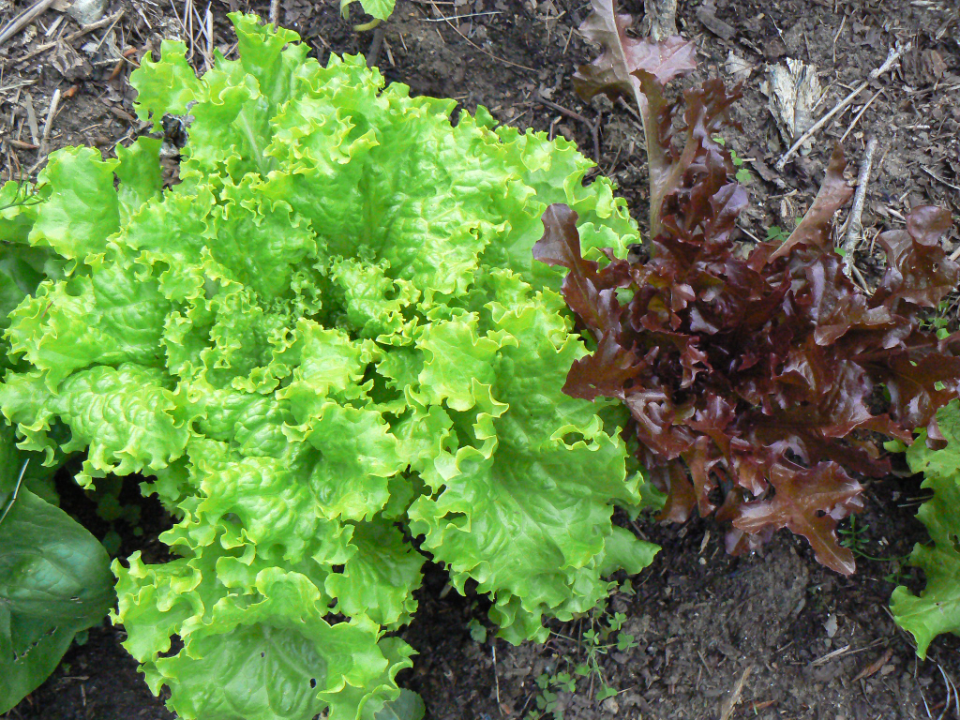
Lettuce is a fast-growing, shallow-rooted crop that pairs well with watermelon. By planting lettuce alongside watermelon, you can maximize garden space without competing for deep soil nutrients. Lettuce grows quickly and helps provide ground cover, reducing weed growth and keeping the soil cool around the watermelon vines.
The shallow roots of lettuce do not interfere with the deeper roots of watermelon, allowing both crops to thrive. Lettuce also helps maintain moisture in the soil, which is beneficial for watermelon, especially during dry spells. This partnership creates an environment where both plants can grow without hindrance.
Chives
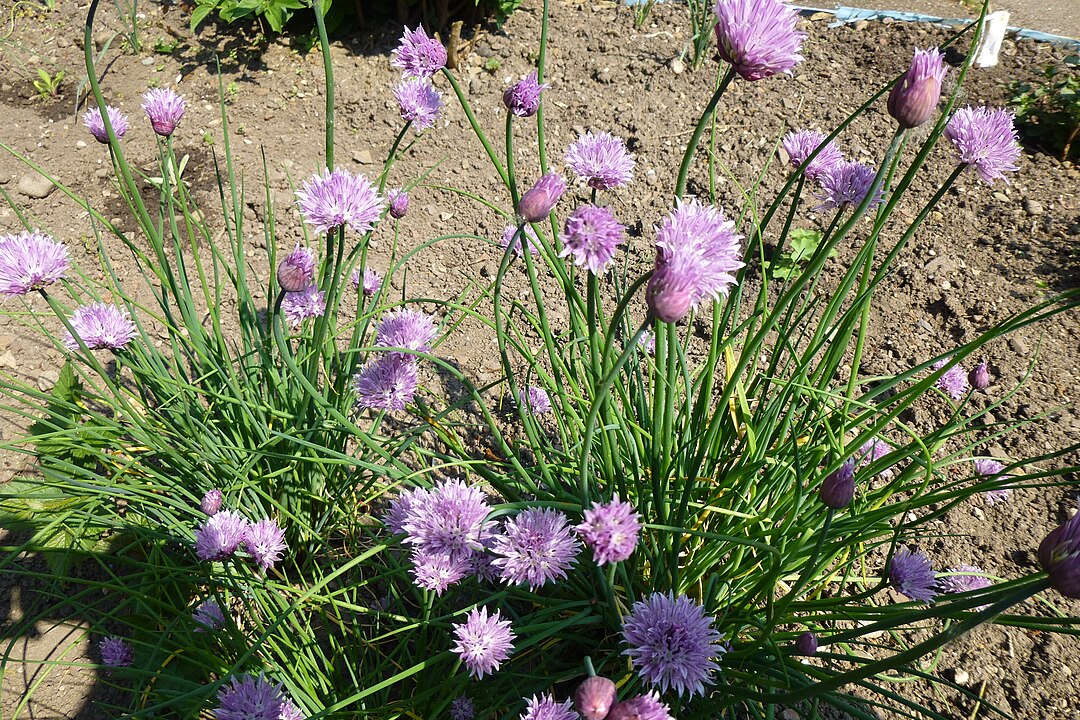
Chives are an excellent companion for watermelon, as they help repel aphids and other harmful pests. Their strong aroma discourages pests from settling on watermelon vines, reducing the need for chemical pest control. This natural protection ensures that watermelon vines stay healthy and free from damage.
In addition, chives attract pollinators like bees and butterflies, which are essential for the pollination of watermelon flowers. The increased presence of pollinators results in better fruit set and larger, sweeter melons. This makes chives a valuable addition to any watermelon garden.
Zinnias
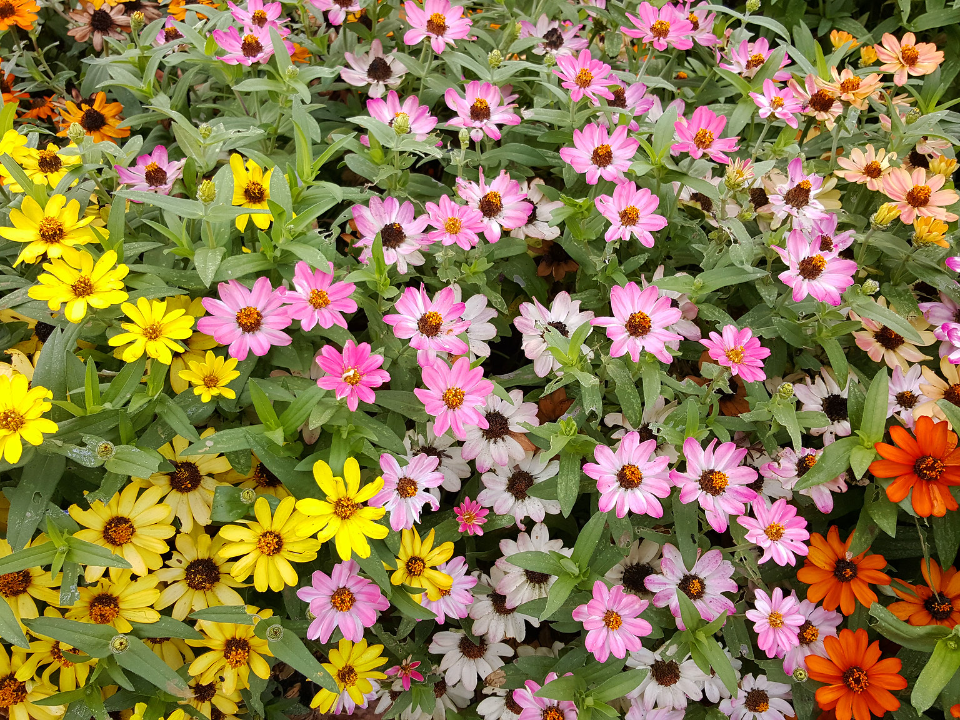
Zinnias are vibrant flowers that attract a variety of pollinators, including bees and butterflies. These pollinators play an important role in watermelon production, as they help with the fertilization of watermelon flowers. The more pollinators present in the garden, the more likely it is that the watermelon will produce large, sweet fruits.
Beyond pollination, zinnias also add visual appeal to the garden, brightening up the space with their colorful blooms. Their strong, upright growth helps protect watermelon vines by providing a bit of shade during the hottest parts of the day. This shade can help prevent watermelon plants from becoming stressed, allowing them to grow and produce fruit more effectively.
Calendula
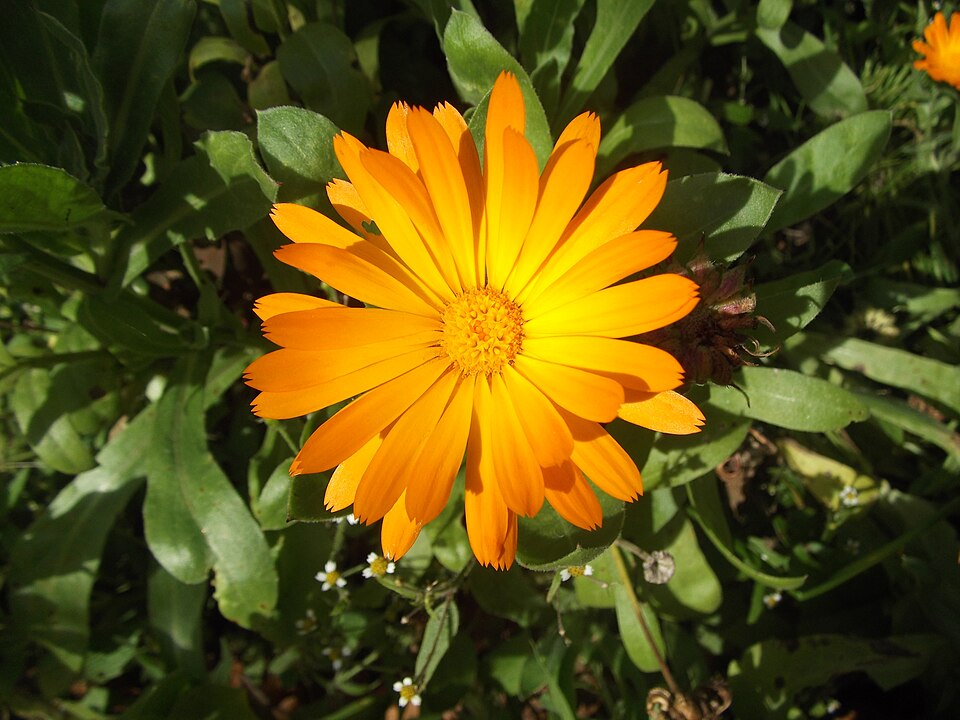
Calendula, also known as pot marigold, is a powerful companion plant for watermelon due to its pest-repellent properties. The plant’s strong scent keeps harmful insects like aphids, whiteflies, and nematodes away from watermelon vines. These pests can harm watermelon by feeding on the leaves and vines, but calendula acts as a natural deterrent.
Calendula is also a great addition to the garden as it attracts beneficial insects such as ladybugs. These insects help control pest populations and maintain a healthy garden ecosystem. By planting calendula near watermelon, you ensure that your plants are well-protected from harmful pests and are able to thrive.
Cabbage
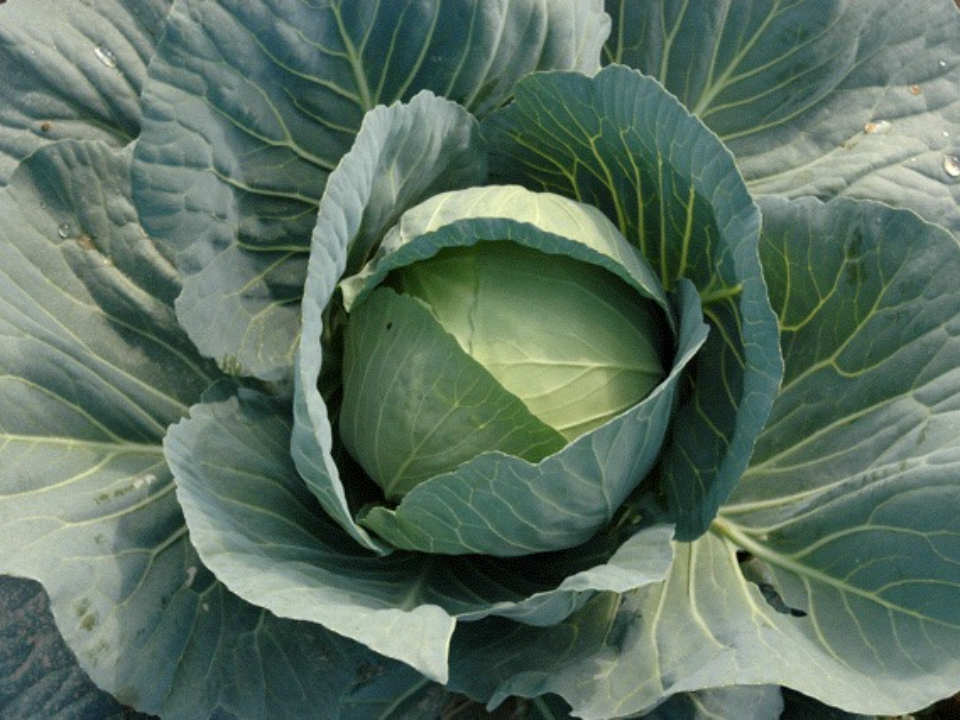
Cabbage is a beneficial companion for watermelon as it helps suppress weeds. The large cabbage leaves spread out and cover the ground, preventing weeds from growing near watermelon vines. This reduces competition for water and nutrients, allowing watermelon plants to focus on growing and producing fruit.
Cabbage also helps improve soil structure with its deep roots, which break up compacted soil. This improves water and nutrient flow to the watermelon plants, ensuring they have access to everything they need for optimal growth. A healthy soil environment is key to growing sweeter, more robust watermelon.
Carrots
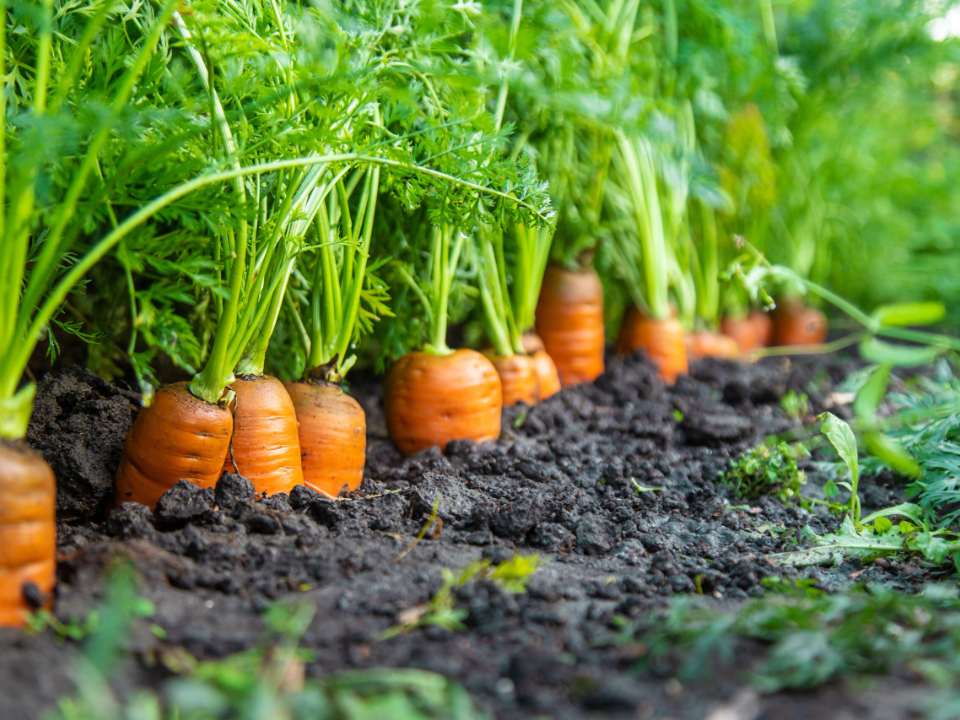
Carrots make an excellent companion plant for watermelon because they have deep roots that do not interfere with the watermelon’s shallow root system. The space between the roots allows both plants to grow without competing for nutrients. This mutual arrangement ensures that both crops thrive without stress.
Additionally, carrots help break up compacted soil, improving water drainage and allowing watermelon roots to spread out. This makes the soil more conducive to watermelon growth and helps the plants stay healthy. Carrots also grow quickly, so they can be harvested before watermelon vines become too large, allowing for easy crop rotation.
Squash
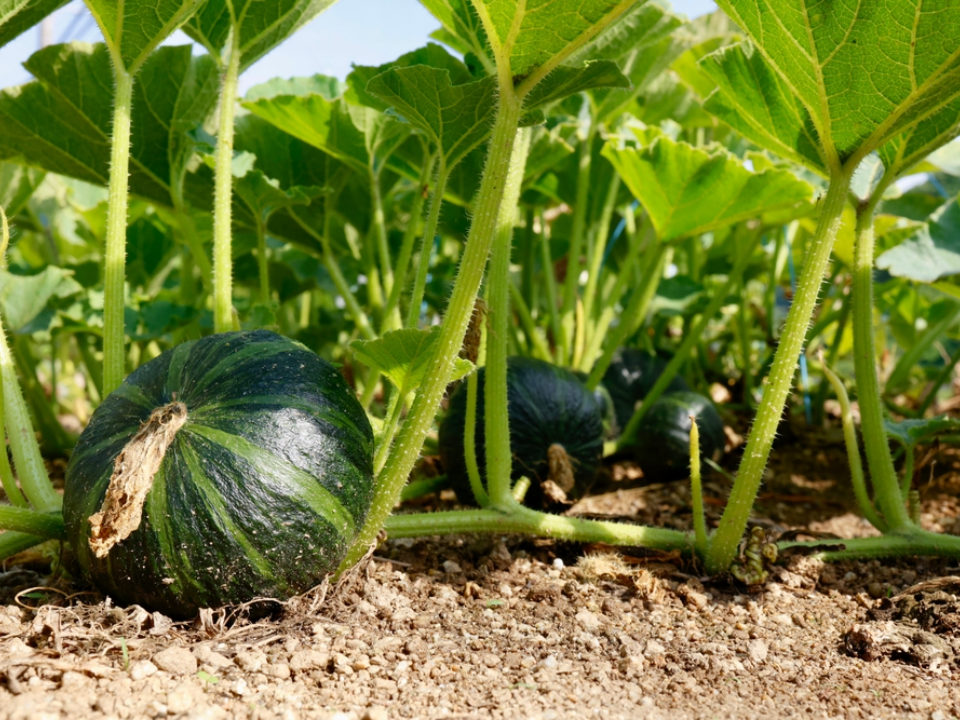
Squash, like watermelon, is a member of the gourd family, making it a natural companion plant. The sprawling nature of squash vines works well with watermelon, as both plants spread out and cover the ground. This growth pattern helps prevent soil erosion and keeps the soil temperature consistent, benefiting both crops.
Squash also acts as a living mulch, shading the ground and reducing water evaporation. This is especially important for watermelon, which requires consistent moisture to grow. By providing this protection, squash ensures that the watermelon vines have access to the right conditions for optimal growth.
Alyssum
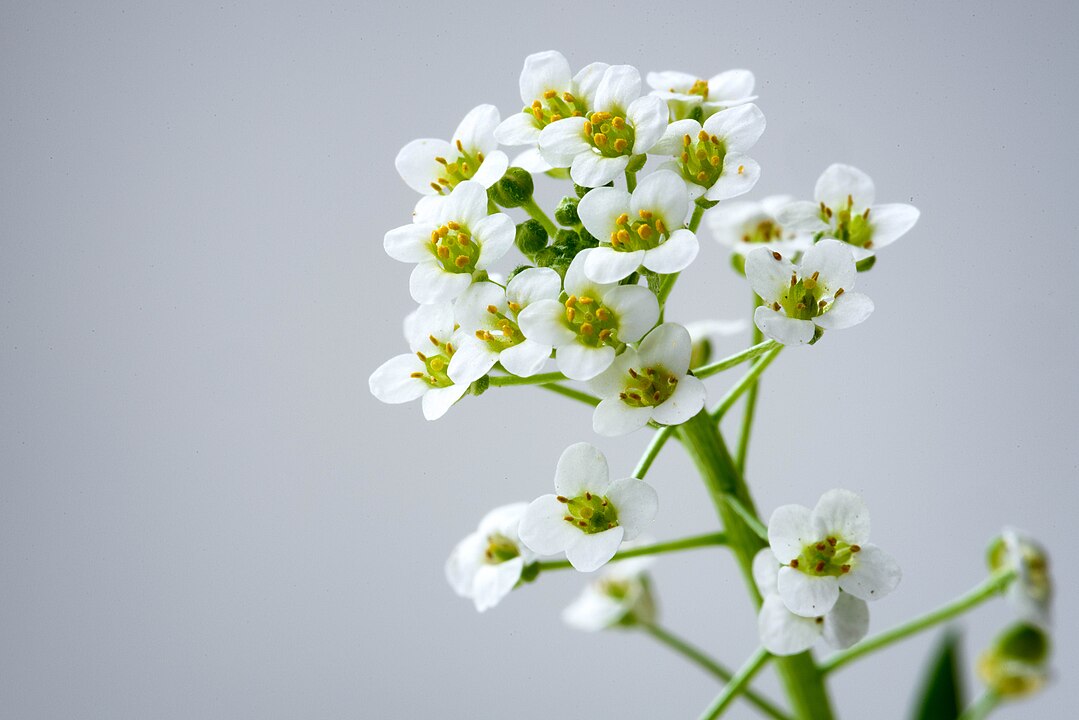
Alyssum is a small flowering plant that attracts beneficial insects, including hoverflies and ladybugs, to the garden. These insects help control aphids and other pests that can damage watermelon vines. By encouraging these natural predators, alyssum reduces the need for chemical pesticides, making it a safe and eco-friendly companion for watermelon.
In addition, alyssum’s dense growth acts as a ground cover, preventing weeds from competing with watermelon for water and nutrients. The presence of alyssum in the garden creates a more stable growing environment for watermelon, helping it produce larger and sweeter fruits.
This article originally appeared on Avocadu.
